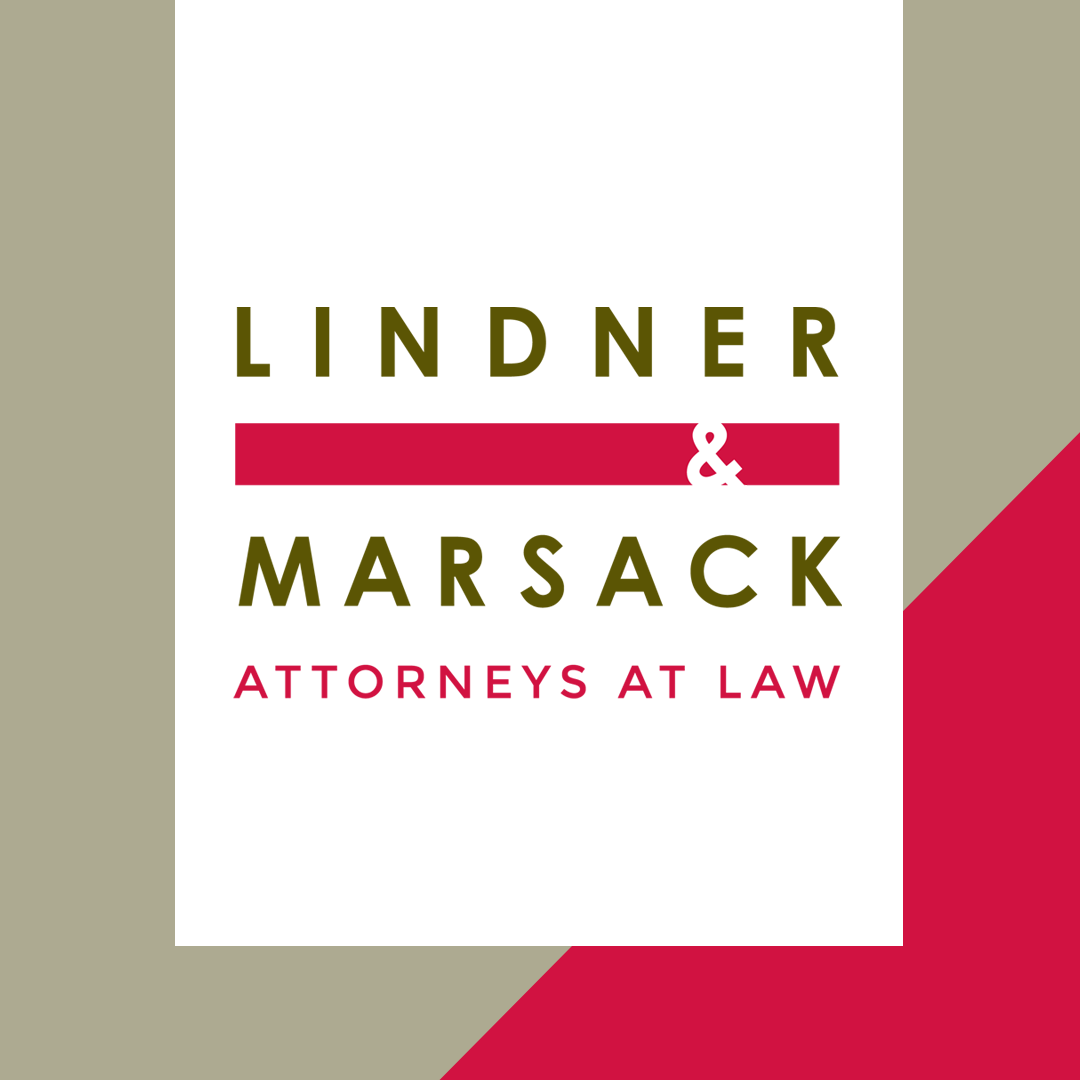By: Oyvind Wistrom It has now been 50 years since the passage of the Civil Rights Act of 1964 and the creation of the Equal Employment Opportunity Commission. At its first meeting of the new year earlier this month, the EEOC Chair Jenny R. Yang, who presided over her first Commission meeting, pledged a renewed […]

What to Expect from the EEOC in 2015: A Renewed Focus on Workplace Harassment
Leave a reply
